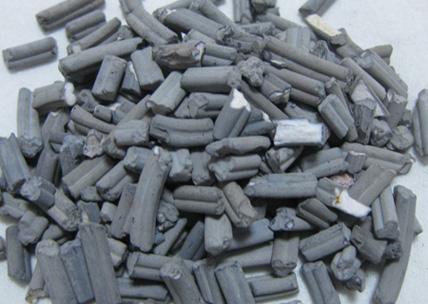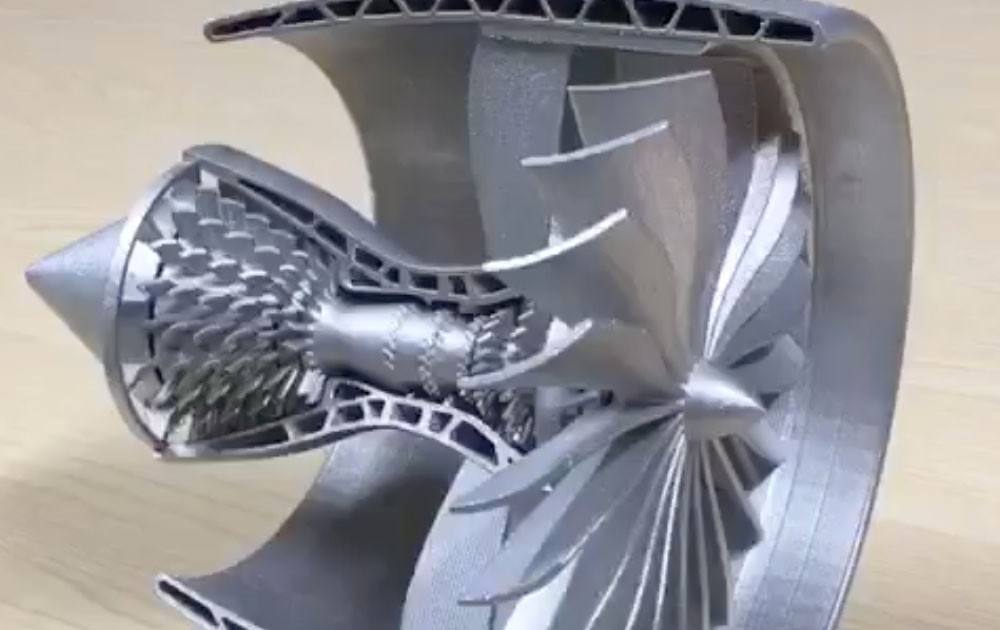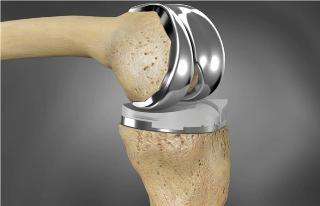The composition of the homogeneous catalyst is relatively simple, usually a certain compound. The composition of the supported catalyst for heterogeneous catalysis is relatively complex and usually consists of an active metal component, a cocatalyst and a support. A cocatalyst is a small amount of a substance added to a catalyst which is itself inactive or has little activity but which improves the performance of the catalyst. The carrier is a dispersant or support for the active component of the catalyst. The primary role of the support is to increase the effective surface of the catalyst, providing a suitable pore structure to ensure adequate mechanical strength and thermal stability. Commonly used catalyst supports are Al2O3, SiO2, porous ceramics, activated carbon, and the like.
Catalyst preparation method
Different types of catalysts have different preparation methods. The preparation of the catalyst for homogeneous catalysis is mainly carried out by chemical methods to obtain the desired compound and organic complex. The preparation of the unsupported catalyst for heterogeneous catalysis (such as Pt-Rh net) is firstly smelted by fire to form an alloy, which is then drawn and woven. The preparation of the supported catalyst is relatively complicated. Generally, the carrier raw material is processed into a certain shape (such as spherical, columnar, honeycomb) by a process of compounding, forming, firing, etc., and then the precious metal active component and the cocatalyst are loaded by the impregnation method, and finally It is reduced by calcination.






